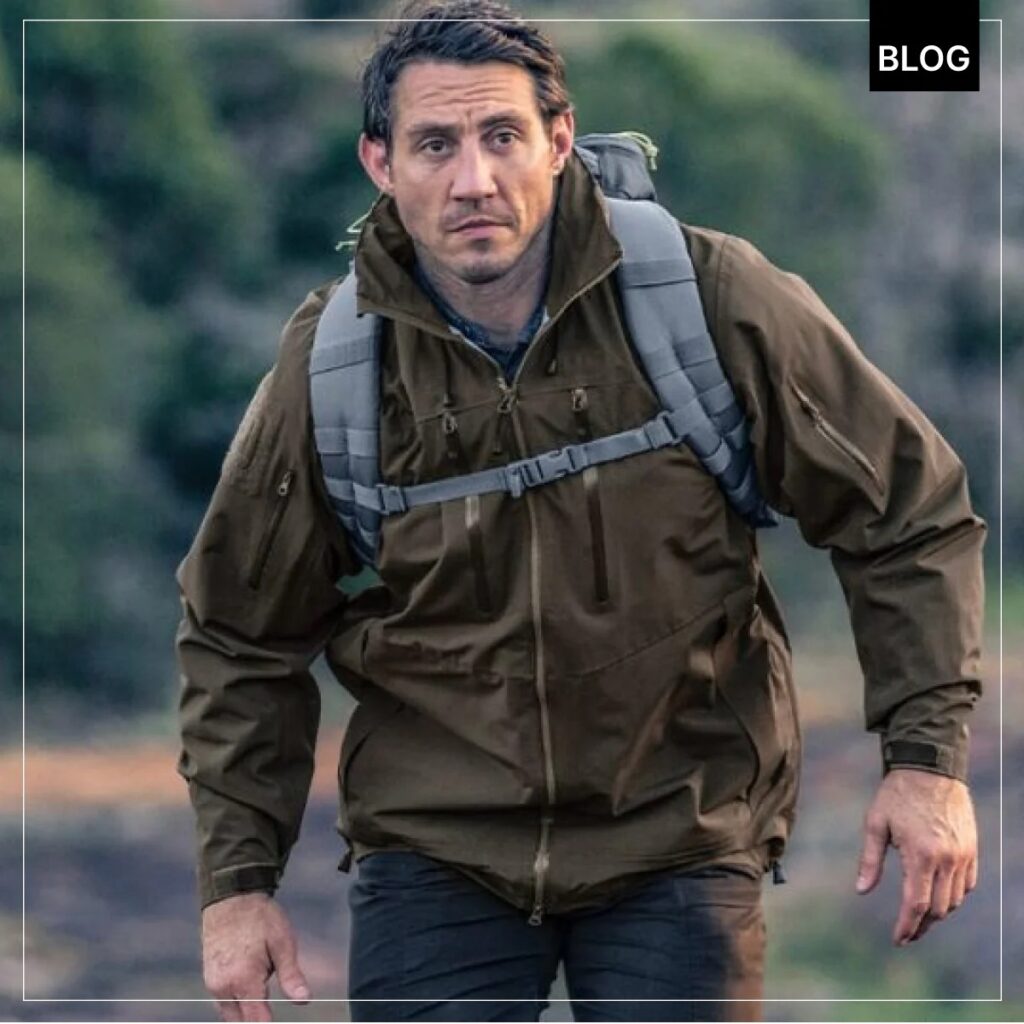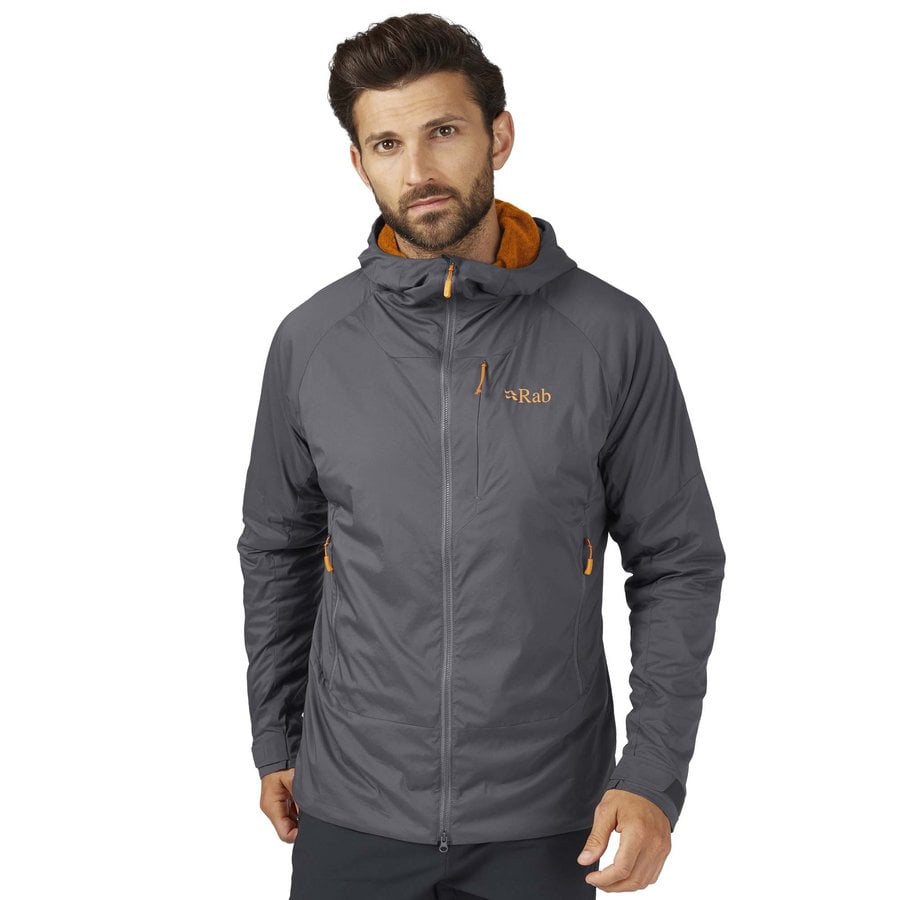When winter hits, the wrong outerwear can compromise both comfort and performance. If your team works in cold zones, you may be wondering: is a lightweight tactical shell jacket enough—or do you need something more insulated?
A lightweight tactical shell jacket offers wind and water protection but lacks insulation. For cold climate patrols, it’s only effective when paired with thermal base layers. In extremely low temperatures or static duty, an insulated tactical jacket or layered softshell system is a better choice.
Let’s look at how lightweight shells perform in winter—and when you’ll need more.
What Is a Lightweight Tactical Shell Jacket Designed For?
A tactical shell is a minimalist outer layer designed to:
- Block wind
- Repel light rain or snow
- Layer over other gear
It’s ideal for mild winter, high-exertion patrols, or wet, transitional weather, where insulation isn’t the main concern.

How Much Cold Protection Does a Shell Alone Provide?
Very little. A shell jacket typically lacks any real thermal insulation. On its own, it won’t keep officers warm in freezing temperatures. It serves as a wind and moisture barrier, but without layering, it’s not suitable for sub-zero patrol duty.

Can Layering Make a Shell Jacket Winter-Ready?
Yes—if done right. Pairing a shell with:
- Thermal base layers
- Fleece-lined mid-layers
- Insulated vests or softshells
…can transform a lightweight shell into a modular cold-weather system. This setup is great for active duty teams that need to adjust gear as conditions change.

What Conditions Require a Fully Insulated Tactical Jacket?
You should opt for a tactical winter jacket when:
- Temperatures drop below 20°F / -6°C
- The team will be stationary (e.g. traffic control, checkpoint)
- Wind chill or snow is sustained for hours
Insulated jackets are heavier but provide all-in-one protection.

What’s the Difference Between a Softshell and a Tactical Shell?
| Feature | Softshell Jacket | Tactical Shell Jacket |
|---|---|---|
| Warmth | Moderate (fleece-lined) | Minimal (no insulation) |
| Weatherproofing | Water-resistant (DWR coating) | Waterproof or windproof membrane |
| Flexibility | Stretch fabric, breathable | Stiff, often non-stretch |
| Best For | Active patrol in cold/dry climates | Layering or wet, mild conditions |

Which Features Should Cold-Climate Patrol Jackets Include?
Look for:
- Wind-blocking shell material
- Microfleece or insulated core zones
- Underarm zippers for ventilation
- Adjustable cuffs and drawcord hems
- Removable hood for versatility
The goal is to retain heat without restricting movement or interfering with duty belts and gear.

How Do Agencies Use Shells in Modular Uniform Systems?
Many public safety departments issue layered kits:
- A softshell or insulated fleece as base
- A lightweight tactical shell as the outer
This allows personnel to adapt quickly to shifting conditions without carrying multiple heavy jackets.

What’s the Best Procurement Strategy for Cold Zone Teams?
Equip teams with:
- A high-quality lightweight shell
- Layerable softshell jackets or thermal liners
- Optional insulated winter parkas for extreme duty posts
This gives your team year-round adaptability while maintaining uniform compliance and budget control.

Summary
Lightweight tactical shells aren’t enough for cold patrols alone—but they’re powerful when layered right. Want help selecting a modular outerwear system for winter operations? Get in touch with our gear team for procurement support.

